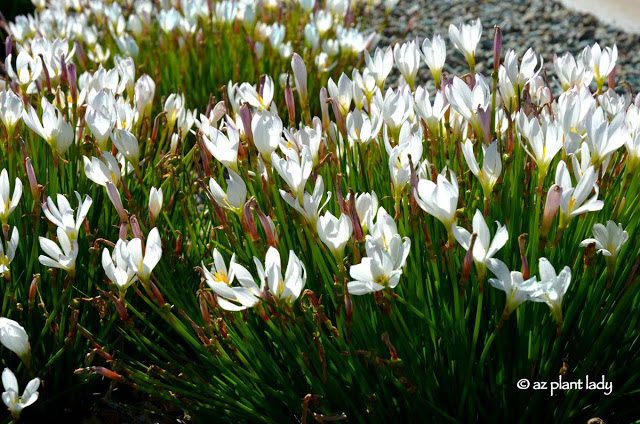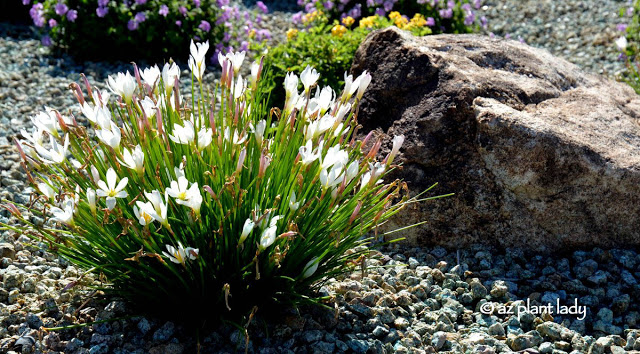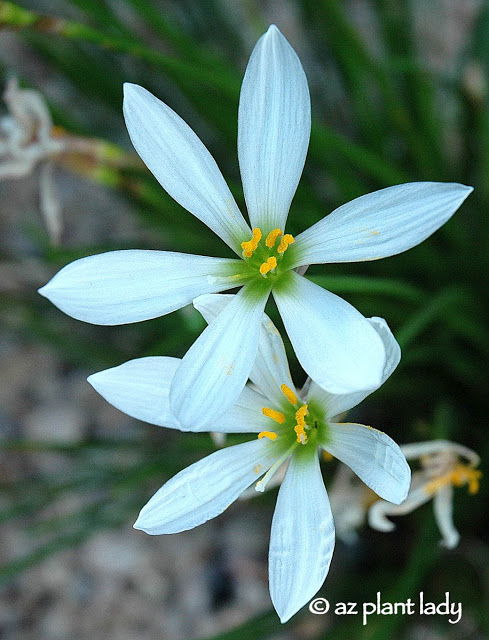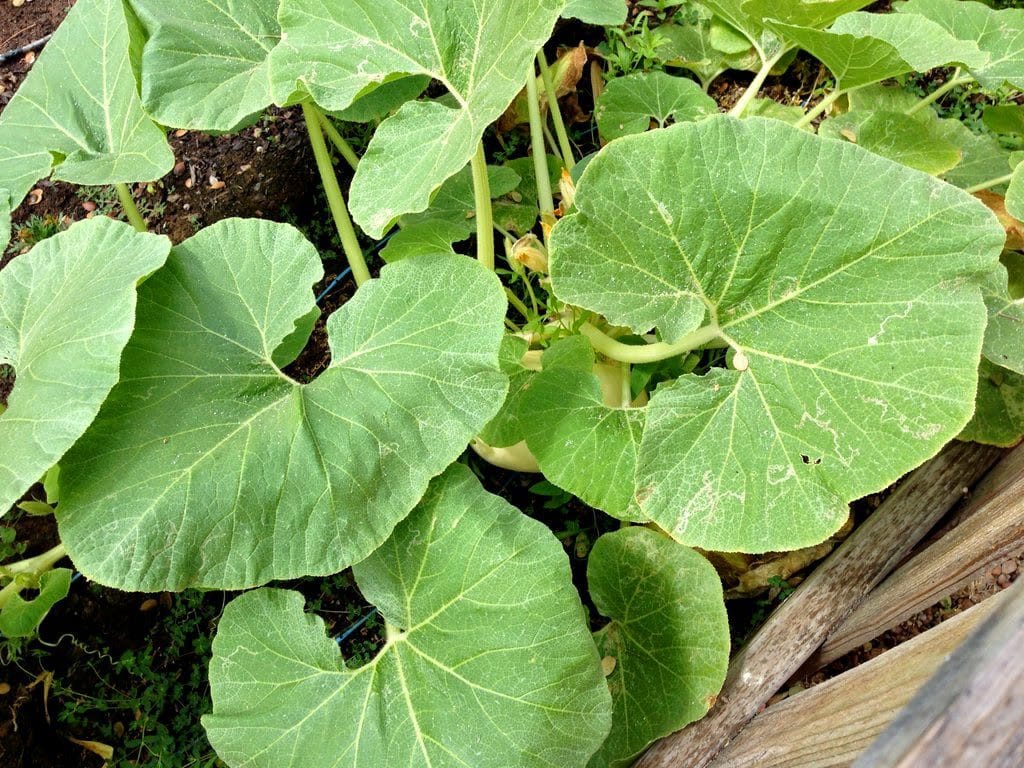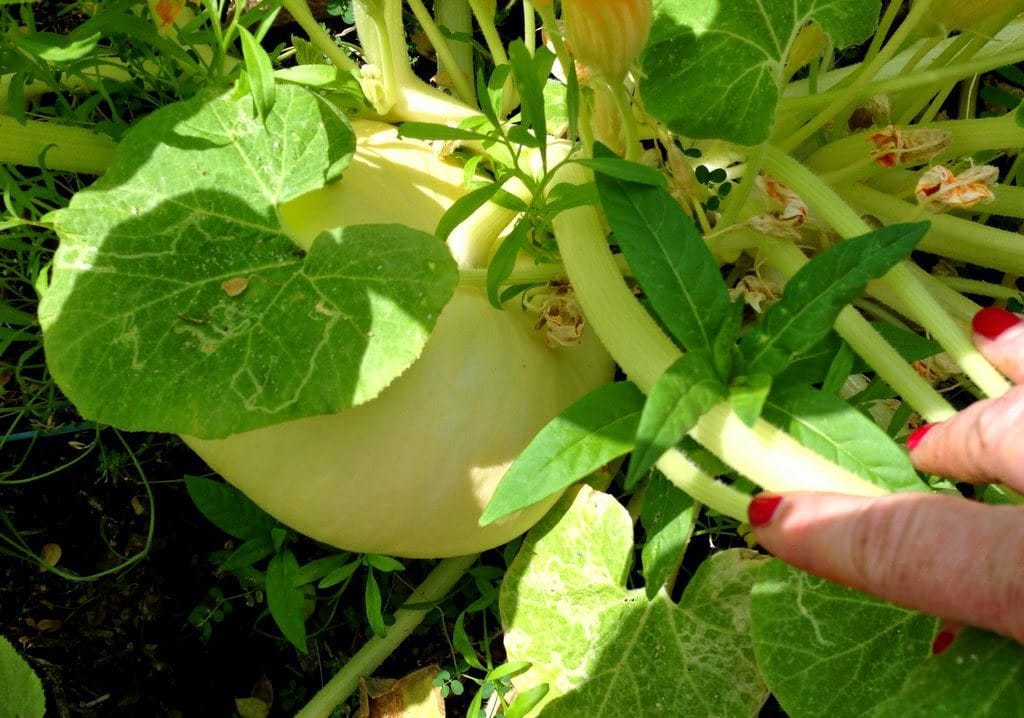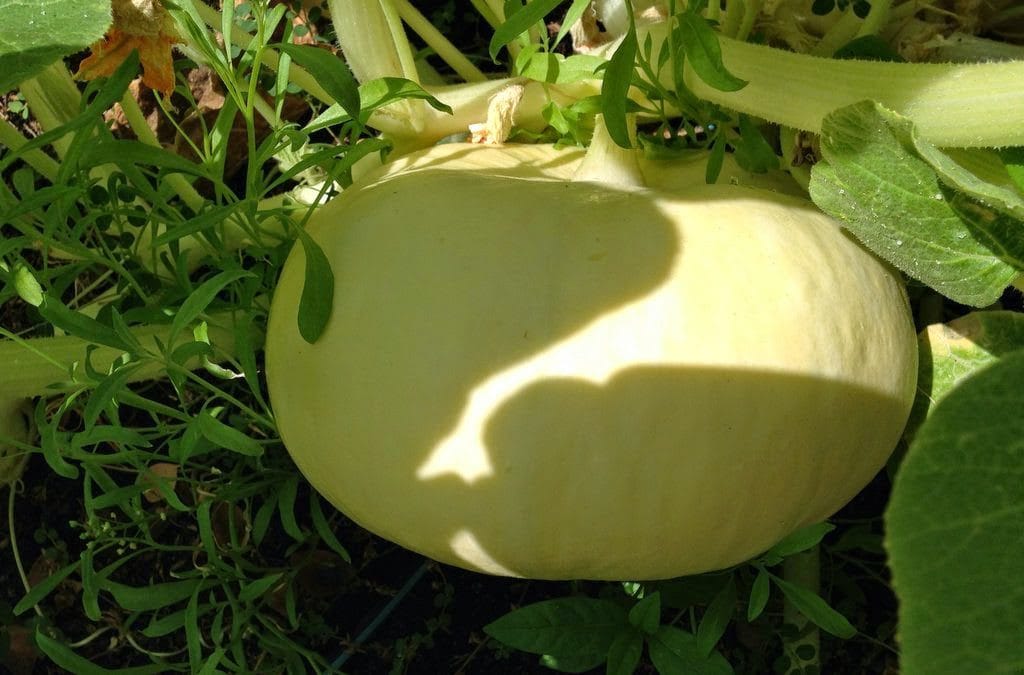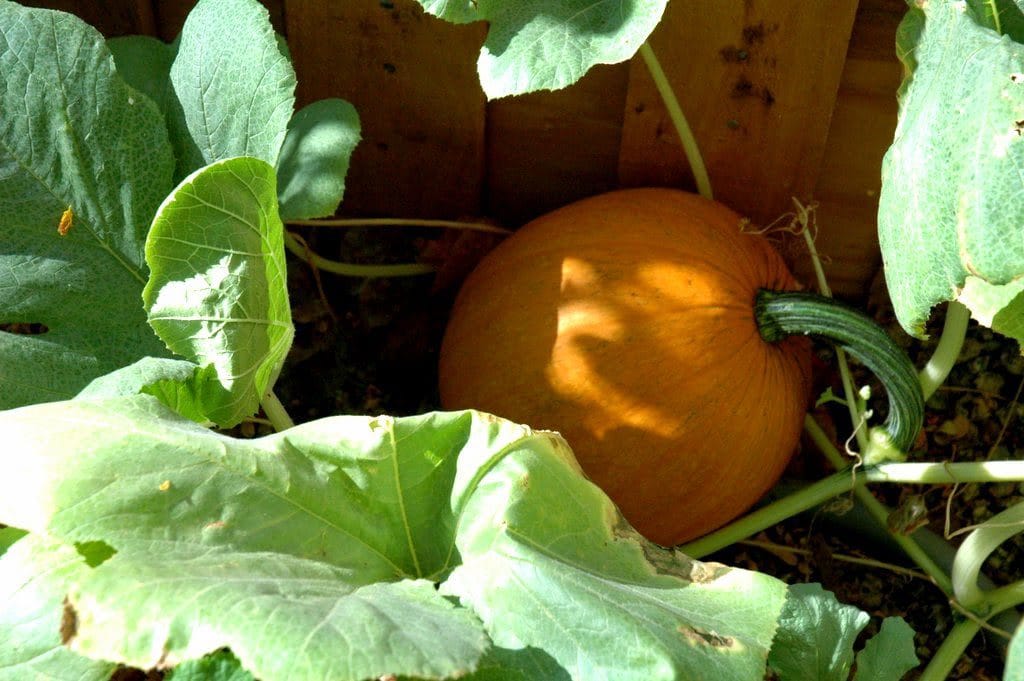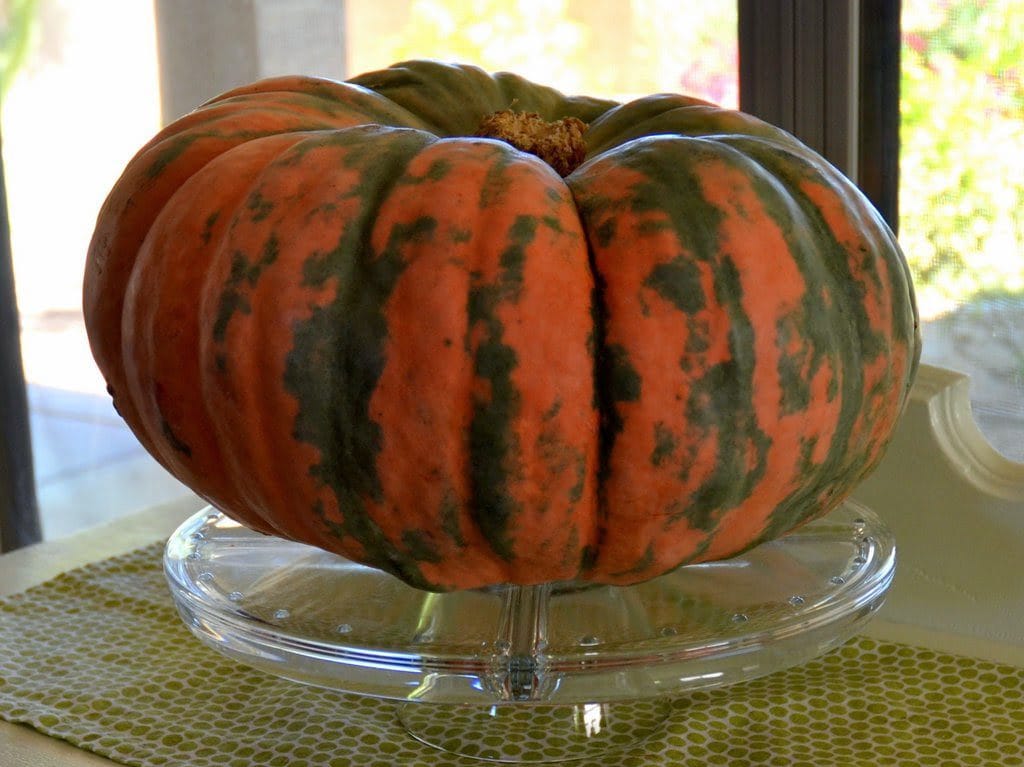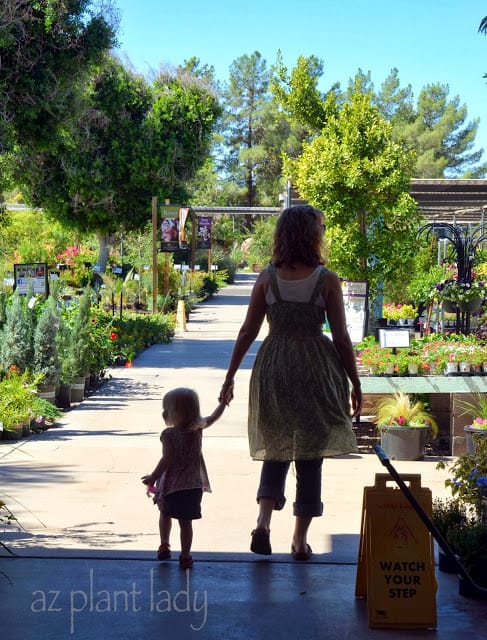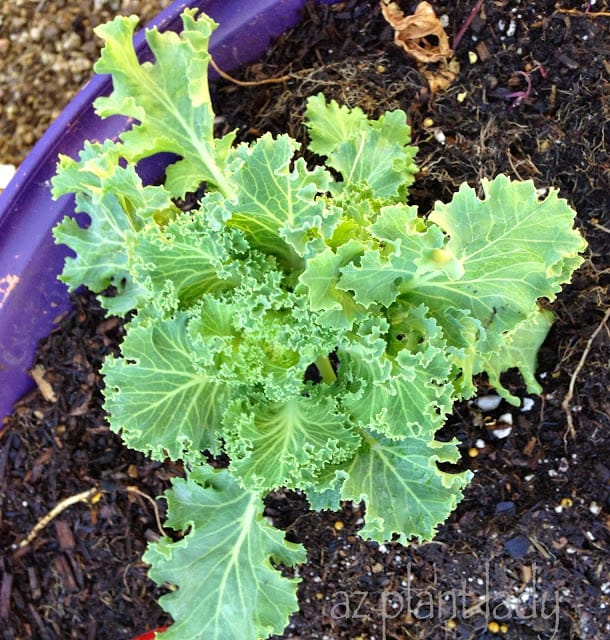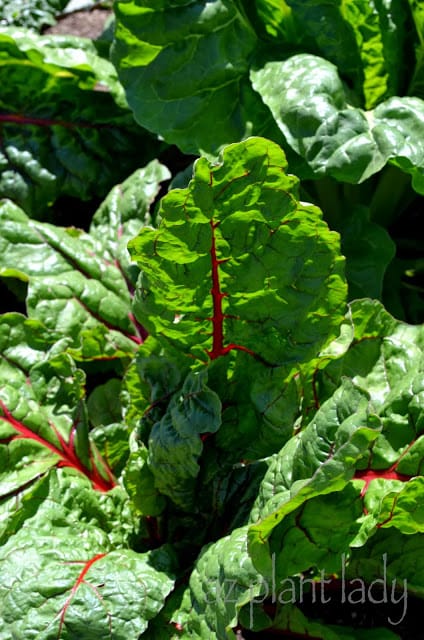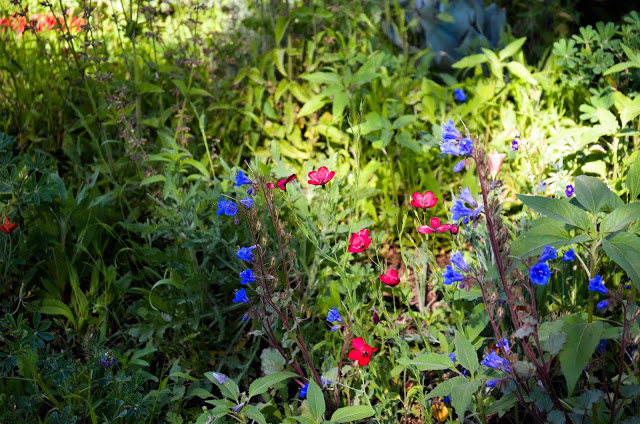
California bluebells and red flax
Cultivating Wildflowers: Nature’s Colorful Display
The Beauty of Spring Wildflowers
One of spring’s many joys are the fields of wildflowers that we often see growing along the side of the road. It is one of the many miracles of nature how such lovely flowers can grow in the wild without any help from people.
I find it kind of ironic that if we want to grow these flowers of the wild in our own garden we have to give them a little assistance to get them going. But, the preparation is fairly simple and the rewards are definitely well worth the effort.
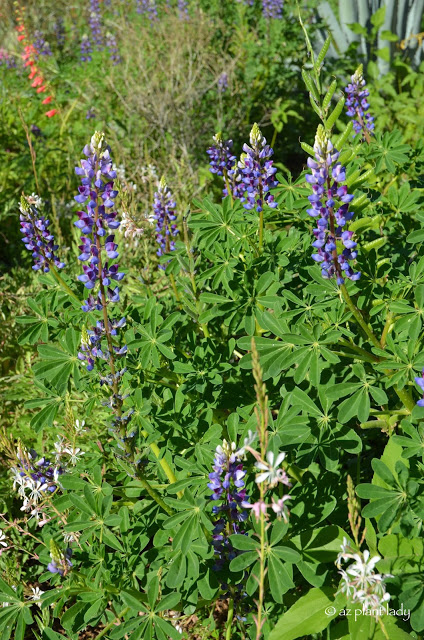
Arroyo lupine with white gaura
Planting for a Spring Show
To achieve a breathtaking spring wildflower display, it’s crucial to plan ahead. When it comes to wildflowers, autumn emerges as the ideal time for sowing seeds that will later burst into vibrant spring blooms. This strategic timing allows the seeds to establish strong root systems during the cooler months, ensuring they’re well-prepared to flourish when spring’s gentle warmth and longer days arrive.
So, as summer transitions into fall, seize the opportunity to sow the seeds of nature’s beauty in your garden, and you’ll be rewarded with a picturesque wildflower spectacle come springtime.
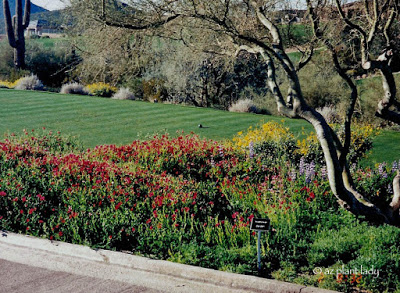
Lessons from a First Wildflower Garden
I’ve planted wildflower gardens throughout my career, but I’ll never forget my first one. It was on a golf course and I sowed quite a bit of wildflower seed in that small area – and I mean a LOT of seed. The wildflowers were growing so thickly together and probably would have looked nicer if I had used less seed and/or thinned them out a little once they started to grow. But, I loved that little wildflower garden.
Embrace Wildflowers in Your Garden
If you have a fondness for wildflowers and the enchanting beauty they bring, consider carving out a dedicated space within your garden to cultivate your own captivating wildflower haven. By allocating a portion of your garden to these lovely, untamed blooms, you not only embrace the allure of the wild but also foster a unique and vibrant ecosystem right in your backyard.
With some thoughtful planning and care, you can create a harmonious blend of native or adapted wildflowers that not only adds natural charm but also supports local pollinators and wildlife. So, why not embark on the journey of nurturing your personal wildflower oasis and experience the wonders of nature’s artistry up close?
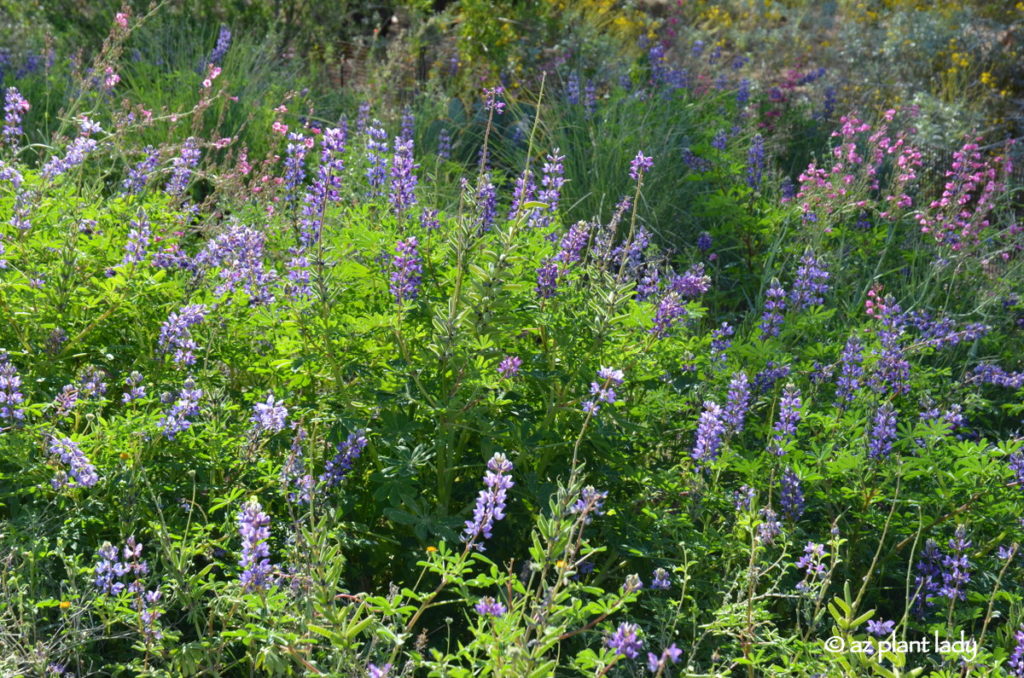
**Do you have a favorite wildflower?


